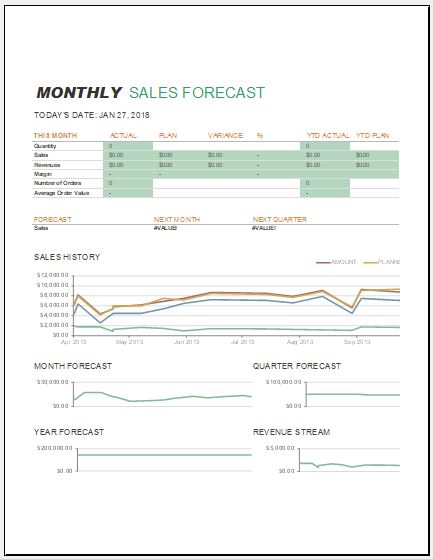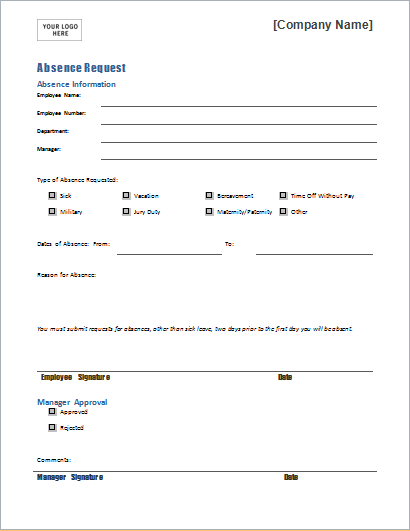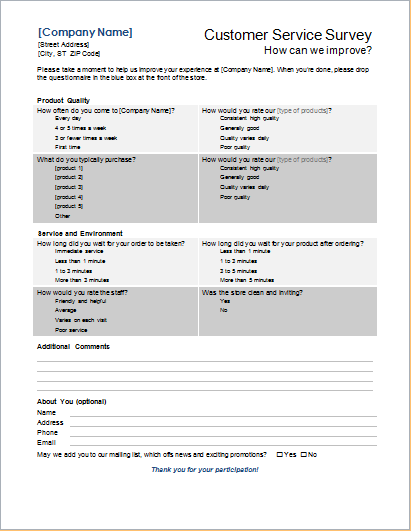Numerous activities are executed in an office, depending on the type of office. If the office is large, these activities will also be more numerous, which will make it quite challenging for people to manage all of them at once.
One of the finest strategies to manage office tasks is to prioritize them. When all the actions to perform are scheduled according to the significance they hold, everything in the office becomes manageable. This is why people like to use an office activity priority matrix.
What is an office activity priorities matrix?
This matrix is a useful tool because it allows people to organize all the things to do systematically, ensuring that all of them are in the correct sequence based on the level of importance and urgency that has been associated with them. When all the things to do are well organized, the management of the office ensures that the available resources, such as time, are being utilized smartly.
How is a workplace task matrix useful?
Those who want to stay organized and make sure that they can manage their time efficiently reap a lot of benefits when they use this matrix. They make informed decisions, and they save themselves a lot of stress that they might encounter at later stages of their business.
How is a priority matrix designed?
To design a matrix efficiently, it is divided into four sections, and each section is generally known as a quadrant. The purpose of each quadrant is to represent a particular level of urgency for a task based on a specific factor. Let us discuss all these factors one by one in detail.
Urgency and importance quadrant
A quadrant means a section and all those activities involved in it that are required to be performed based on the level of urgency. In other words, those tasks mentioned here are required to be executed on an urgent basis or because they are extremely important.
The tasks in quadrant one are usually critical, and the office staff cannot afford to put them off even for a while. All the emergencies mentioned here need to be addressed as soon as possible.
Critical but not urgent tasks quadrant
The second part of the matrix is based on the division of tasks based on how important they are. However, urgency is not usually associated with them. These tasks are important to be done, but not soon.
All the long-term plans of a business fall into this category. When someone has a look at this quadrant, they come to know that they will perform the tasks mentioned in it but there is no urgency or any restriction on them to accomplish them in a given time frame.
Insignificant but urgent activities quadrant
The third quadrant is based on those activities that are not important, which means that they don’t have any role to play in making an organization successful or they don’t make people productive. However, they should be done urgently because, at a particular point in time, they have resurfaced and the staff of the office is left with no other choice but to accomplish them.
For instance, if your boss convenes a meeting urgently with no significant matter to discuss, you will have to attend the meeting because it is urgent but may not have anything important for your office work.
Neither important nor urgent activities quadrant
If you are making a list of the activities to be executed based on priority, you will come to know that things to do that fall into this category have no significance and can be kept at the end of the priority list.
These tasks have the least priority, but that does not mean that they will never be executed. It only means that the staff should pay attention to these responsibilities at the end of everything since they are not important because they do not add any value to a company’s goals.



